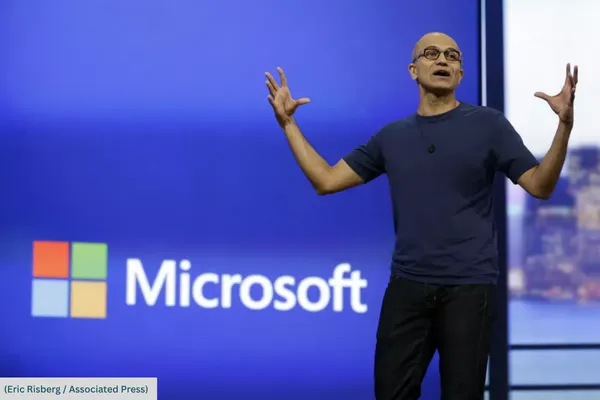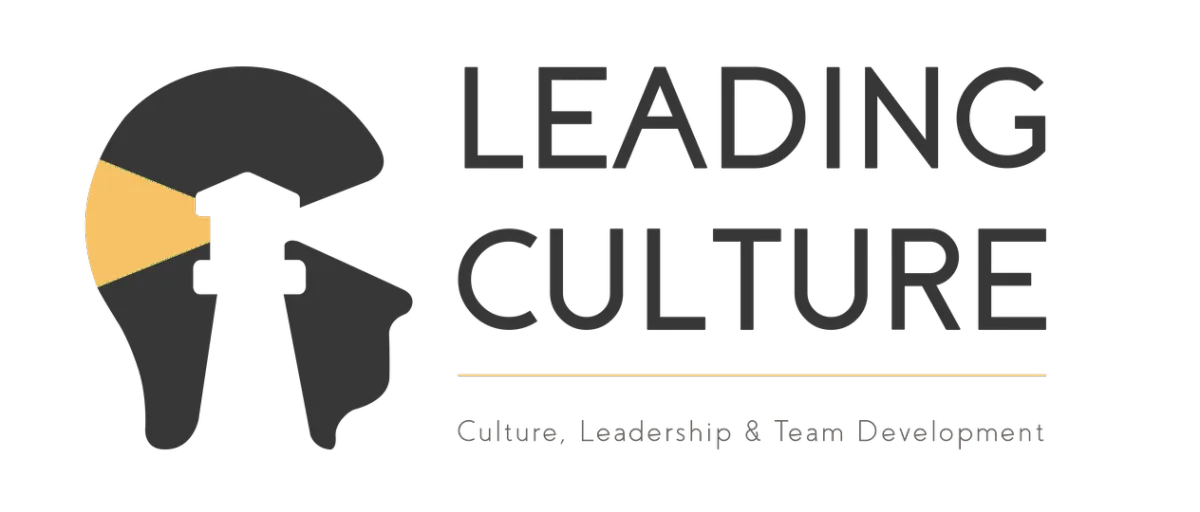
How Culture Sparked a $3 Trillion Comeback
How Culture Sparked a $3 Trillion Comeback
When Satya Nadella became CEO of Microsoft in 2014, the company was in trouble. The stock was sliding, innovation had slowed, and the culture had turned toxic. Teams competed instead of collaborating, and performance reviews pitted colleagues against each other. It was a company full of “know-it-alls” in a world that was changing faster than they could keep up.
Nadella didn’t start with strategy or new products. He started with a mindset.
Culture Transformation
Nadella focused on empathy, curiosity, and collaboration. He encouraged leaders to listen, learn, and share. Hierarchies flattened. Meetings became learning spaces rather than report-outs. Microsoft started rewarding experimentation instead of punishing mistakes.
This cultural reset unlocked innovation across the business. The same teams that once competed began co-creating, most famously between Azure, LinkedIn, and Office 365, to deliver integrated, customer-centered solutions.
Embedding the Growth Mindset in Microsoft’s DNA
Cultural change didn’t happen overnight. Nadella and his leadership team took consistent, tangible steps:
Removed the stack-ranking system that fostered competition and replaced it with real-time feedback and recognition.
Built psychological safety, allowing people to fail fast, learn, and iterate — without fear.
Encouraged field visits for leaders and product managers to understand customers firsthand.
Launched global hackathons to break silos and spark collaboration across teams.
Modeled empathy and curiosity at the top, proving culture starts with leadership behavior.
Even Nadella’s now-famous phrase “Look for rose petals in a field of sh*t” became a reminder that optimism fuels innovation.
The Culture–Innovation Connection
As Microsoft’s internal culture evolved, so did its market performance. The company pivoted from being a Windows-focused software firm to a cloud-first, AI-driven powerhouse. Under Nadella’s leadership, Microsoft’s market value grew from around $300 billion in 2014 to over $3 trillion by 2024 (CNBC).
By embracing a growth mindset, Microsoft unlocked new capabilities in AI, machine learning, and cloud computing, industries demanding adaptability and creative collaboration.
The Ongoing Work
Cultural transformation isn’t a one-time initiative; it’s a living system. Not every employee adopted the mindset overnight. But Nadella’s consistency made the change durable. As of 2025, Microsoft continues to lead in AI and cloud innovation, and employees report higher engagement, collaboration, and pride in their work.
Lessons for Modern Leaders
Mindset drives culture, and culture drives innovation.
Empathy isn’t soft, it’s strategic. It fuels understanding and breakthrough ideas.
Psychological safety creates creative momentum. When people feel safe to experiment, they invent faster.
The takeaway:
Microsoft’s comeback didn’t hinge on a new product; it began with a mindset shift. When leaders model curiosity, empathy, and continuous learning, innovation becomes inevitable.
Sources:


